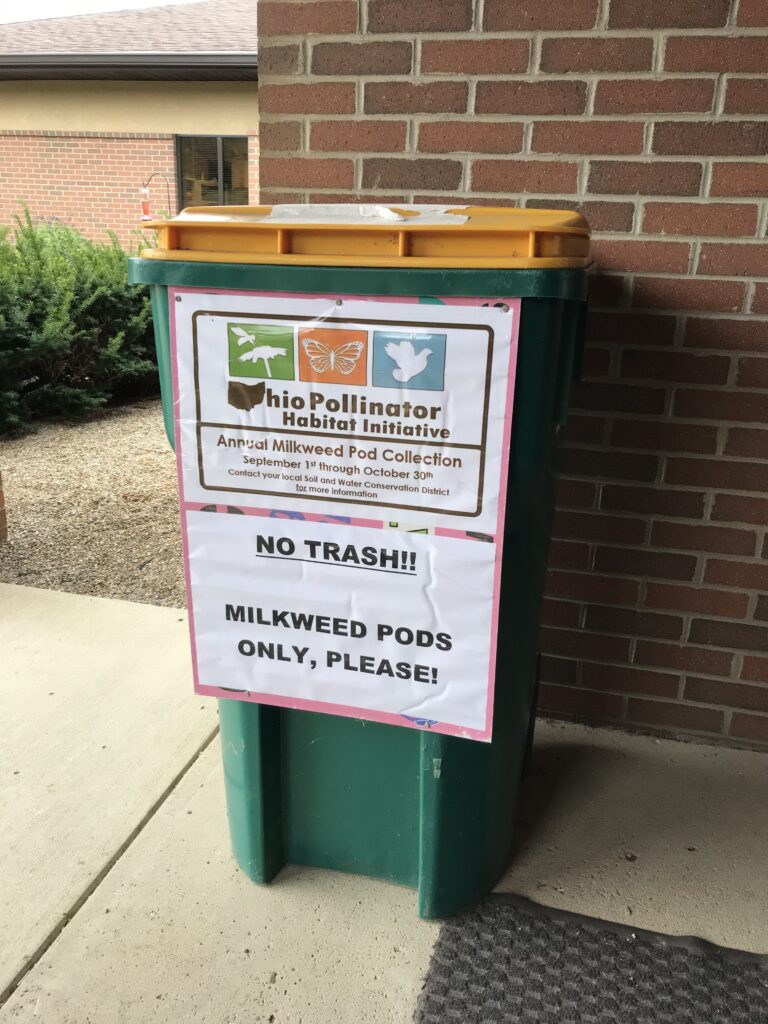Today’s Milkweed Supports Tomorrow’s Monarchs
by Carrie Brown, Engineering Technician
What is Milkweed?
Milkweed is a herbaceous perennial that grows in many different habitats, primarily throughout North, Central, and South America.
It is named for the milky substance that most milkweeds exude when a leaf or stem is damaged. This sap contains cardiac glycoside compounds, making it toxic to most animals and insect species and protecting the plant from excessive browse.
Interestingly, this mechanism not only defends the plant, but also the insect species that co-evolved with milkweed and are able to eat it. The most iconic of these is likely the Monarch butterfly. In its larval state, the caterpillar becomes toxic and unpalatable after eating its host plant, providing it protection from predators.
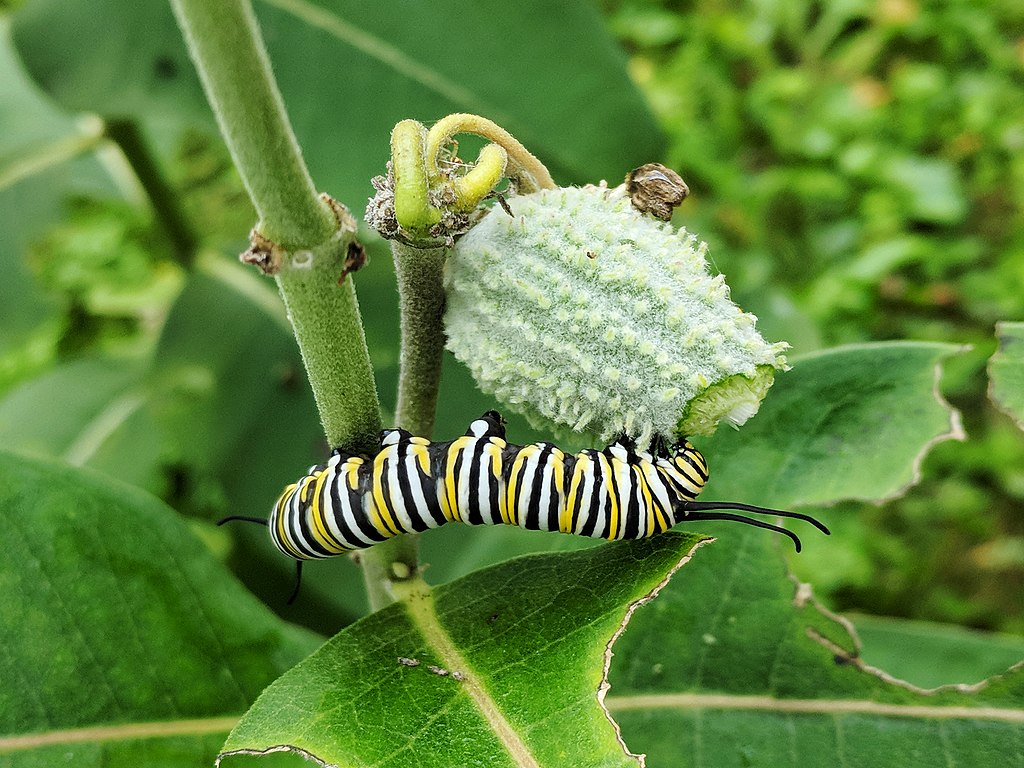
In total, Ohio sports 13 native milkweed species. While some species are extremely common and found in a variety of geographic regions (i.e. Common Milkweed, Asclepias syriaca), other species are quite a bit more exclusive, as they possess specific habitat requirements.
One of the most peculiar and beautiful is Green Antelopehorn Milkweed (Asclepias viridis). Found only in extreme southern Ohio, this milkweed species grows no taller than a couple of feet and features large, green flowers.
Other notable species include Butterfly Milkweed (Asclepias tuberosa), known for its showy orange flowers, and Swamp Milkweed (Asclepias incarnata), a pink beauty found in many moist habitats.
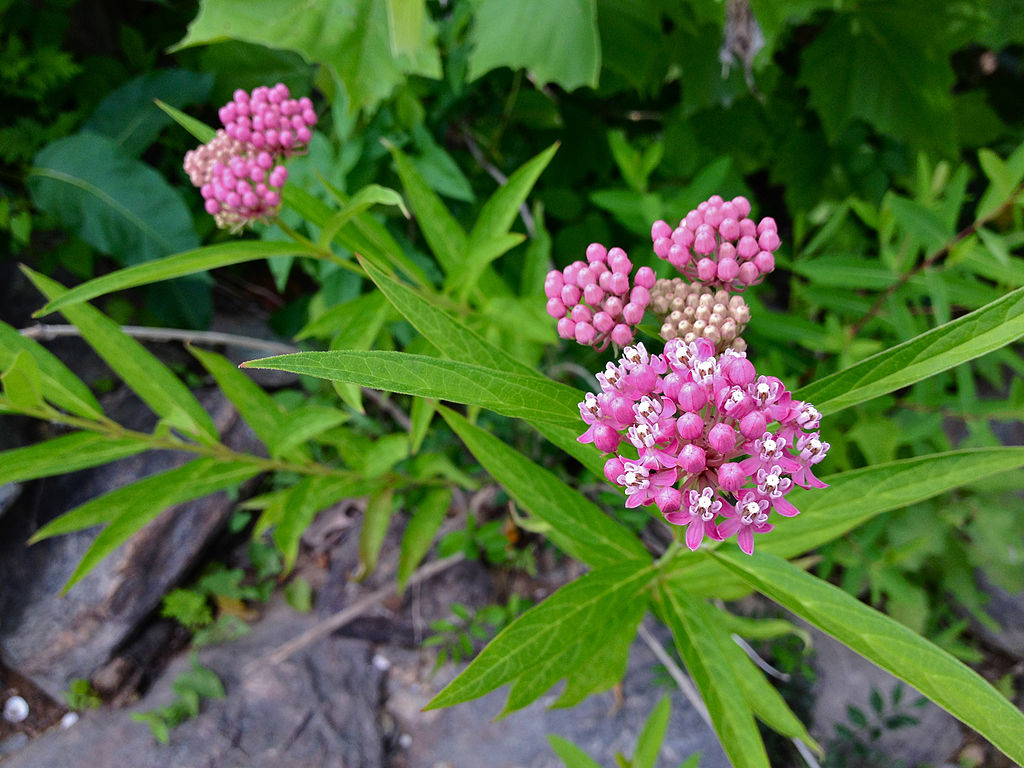

Why is Milkweed Important?
Can you imagine relying on only a single type of food? This is exactly the case with the Monarch caterpillar! This species depends on milkweed as its one and only host plant.
The adult butterfly lays its egg on a milkweed leaf, and once the egg hatches, the caterpillar eats and grows through a series of molting events until it reaches the point of metamorphosis. It forms its chrysalis on the milkweed, or more often a nearby plant or shelter, and emerges 8-12 days later as an adult butterfly, starting the cycle over again.
Without milkweed there would be no Monarch butterflies.
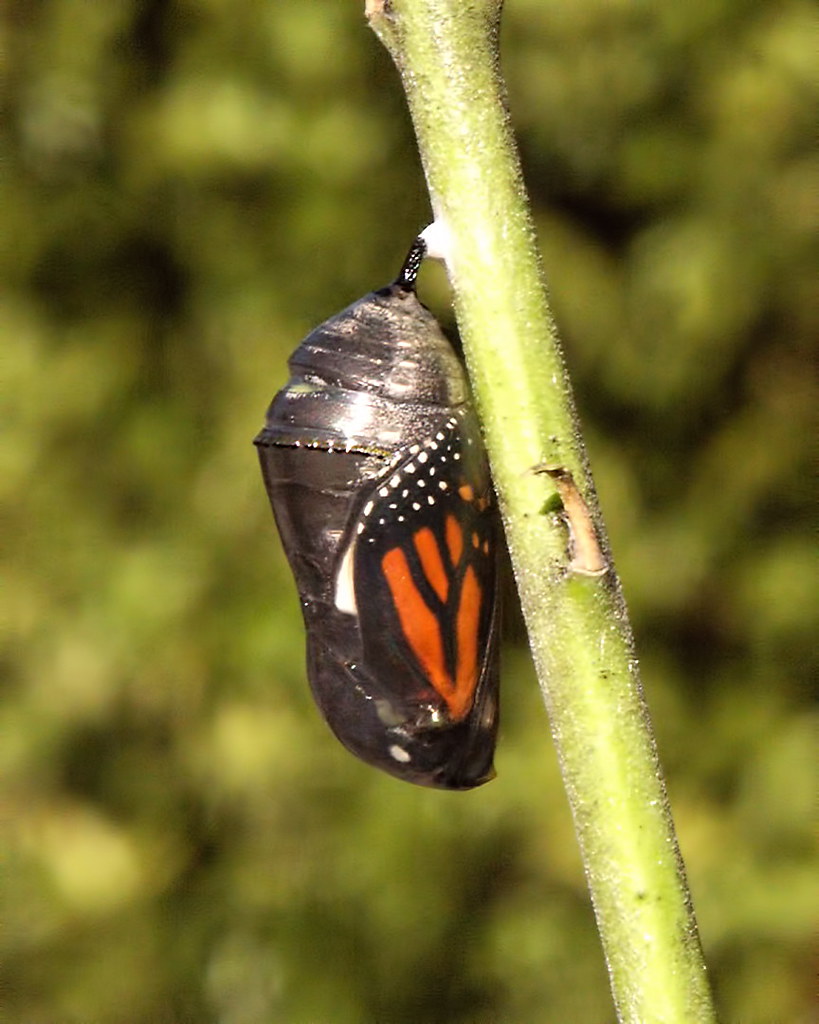
Learn more about this unique symbiotic relationship in ODNR’s publication, Milkweed and Monarchs.
Of course, there are many other insects that are reliant on milkweed as a source of food, such as the milkweed bug, milkweed longhorn beetle, and milkweed tussock caterpillar. Like the Monarch, these species sequester the plant’s toxins in their bodies, utilizing them for defense against predators.

Additionally, milkweed flowers are an important source of nectar. From bumble bees and wasps to moths and butterflies, milkweed flowers offer a buffet of nectar to many of our important pollinators. With numerous individual flowers in each cluster, milkweeds are gifts that keep on giving.
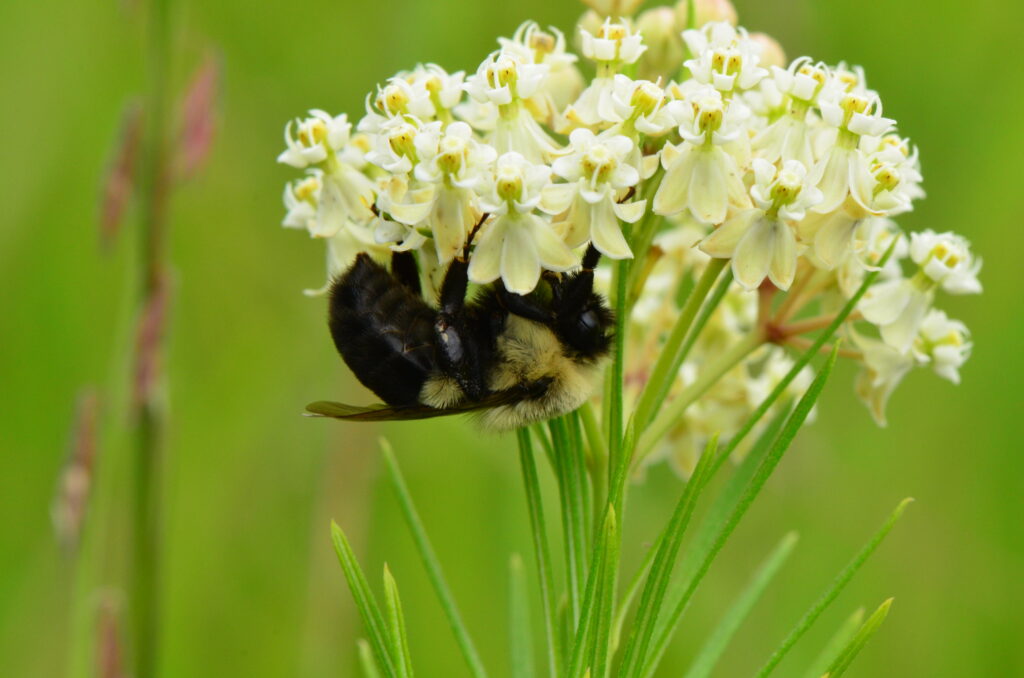
How Can I Help?
The Monarch butterfly has been in decline over the past 25 years, largely due to a decrease in the availability of milkweed. You can help by participating in the Annual Milkweed Pod Collection. Coordinated by the Ohio Pollinator Habitat Initiative and Soil & Water Conservations Districts across the state, we are accepting Common Milkweed seed pods through October 30th, 2020. Below are tips on Common Milkweed seed pod collection:
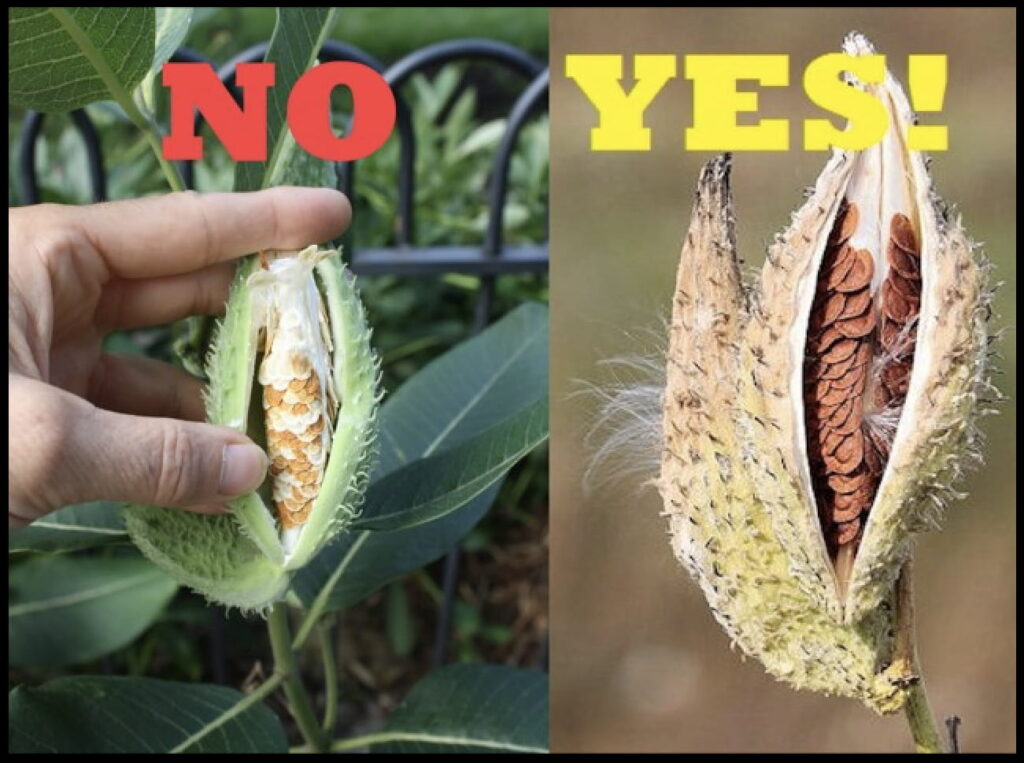
- Collect seed pods when they are beginning to dry and are gray or brown in color. If the center seam pops open with gentle pressure, they can be picked.
- Collect pods in a paper bag, rather than plastic, so they can continue drying.
- Wear gloves while you are picking and handling milkweed pods.
- Always ask permission when collecting pods on anyone’s property but your own.
Common Milkweed pods can be dropped off to our Milkweed Pod Collection Station, located in front of the Fairfield County Agricultural Center at 831 College Avenue, or other participating Soil and Water Conservation Districts. Place pods in the large green bin in front of the building.
Additional information on milkweed pod collection can be found in the Annual Milkweed Pod Collection brochure or by calling us at 740-653-8154.
